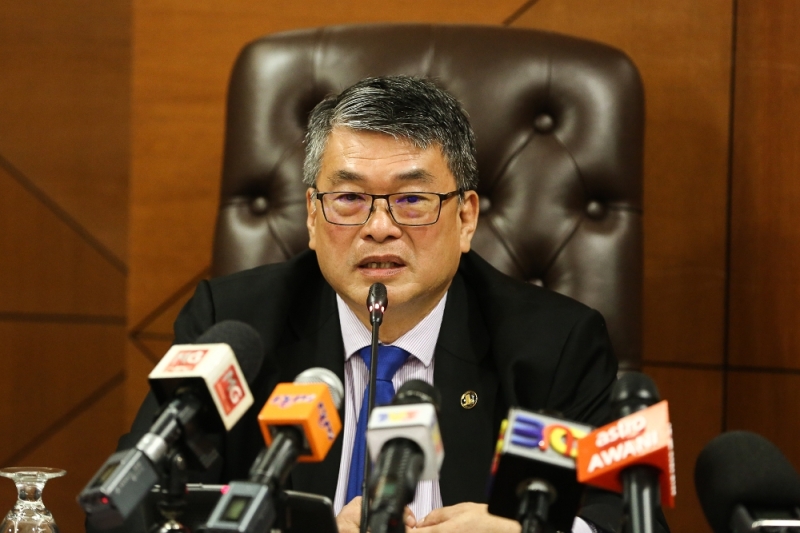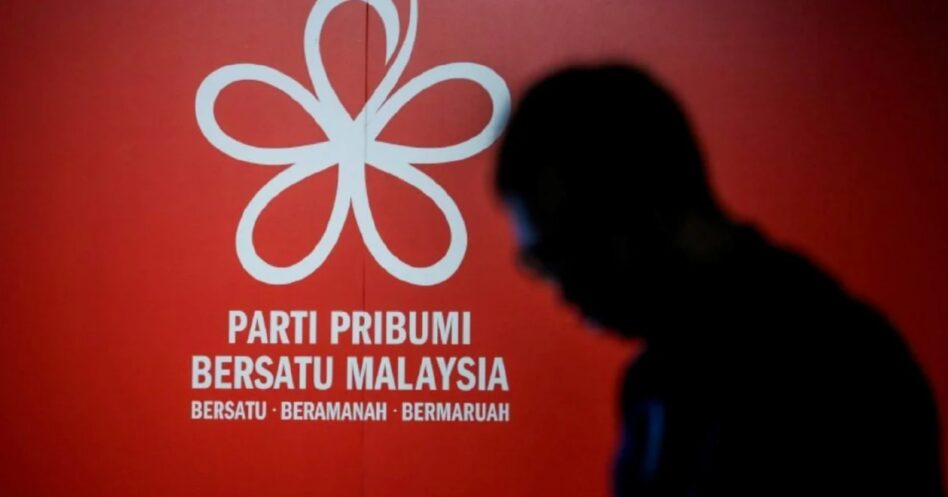THE proposed Petaling Jaya Dispersal Link (PJD Link) will be beneficial to lower-income communities in Petaling Jaya through increased connectivity and accessibility throughout the Greater Klang Valley.
According to its concessionaire, the highway will provide much-needed connectivity between the north and south of Petaling Jaya, including for those living in low-cost housing areas in Taman Medan and Kayu Ara which experience gridlock issues on neighbourhood roads during peak hours on an almost daily basis.
“As a result, many working-class people living in the area have to spend hours in traffic on the LDP and SPRINT just to commute to work and back,” PJD Link CEO Amrish Hari Narayanan was reported as saying.
“PJD Link will provide an alternative route to the LDP and residents can easily travel between north and south of Petaling Jaya.”
At the same time, the elevated highway will enable those outside Taman Medan and Kayu Ara easy access into these areas, which will then benefit small businesses in the vicinity.
Amrish further noted that the PJD Link will provide better connectivity and ease of access for those in the bottom 40 (B40) communities through public transport links.
These include five major rail lines, namely LRT3, MRT1, LRT Kelana Jaya, LRT Sri Petaling and KTM. They also include six highways – NKVE, LDP, NPE, Kesas, as well as the federal and Bukit Jalil highways.
“Proposed bus routes connecting the major public train lines will present B40 residents a faster and affordable alternative to get to their places of work quicker,” Amrish remarked, adding that this will give B40 communities greater access to employment opportunities within and outside of Petaling Jaya.
A PricewaterhouseCoopers (PwC) record previously estimated that the PJD Link will generate RM31 bil in economic output while opening up 12,000 jobs annually throughout the construction period, with businesses such as restaurants, hawkers, retailers and services benefitting from the economic spillover from the highway.
It is interesting to note, however, that an independent survey released on May 20 indicated that 93.6%of individuals residing along the proposed highway had expressed their disagreement with the project.
The findings of the independently-conducted Social Impact Assessment (SIA) revealed that the majority of the respondents opined that noise and air pollution from the PJD link would be intolerable and that the highway would not reduce traffic congestion as promised.
“An overwhelming 93.6% of the respondents disagreed with the proposed highway, irrespective of their age, length of residence, or distance of their premises from the highway alignment,” said Dominic Wong, a volunteer at the Independent SIA Release + Forum event at Five Stones Condominium on May 20.

Similarly, 93.6% of the respondents agreed that they and their families would be impacted by the project.
The group, Say No to PJD Link, said they needed to conduct their own assessment due to the alleged lack of transparency regarding the official SIA.
“According to Malaysian law, only the Environmental Impact Assessment (EIA) is required to be shared with the public, while the Traffic Impact Assessment (TIA) and SIA are not,” Wong was reported as saying by Malay Mail.
Wong stressed these discussions proved and solidified the community’s strong opposition to the construction of the highway, as indicated in the survey results.
“The state, federal and local governments must listen to the voice of the community, is what we derived from the survey from so many people, to not approve the highway,” he said.
The results of the SIA have been submitted to the Department of Environment and PLANMalaysia Selangor, as well as its headquarters in Putrajaya. – May 31, 2023
Main pic credit: BFM










